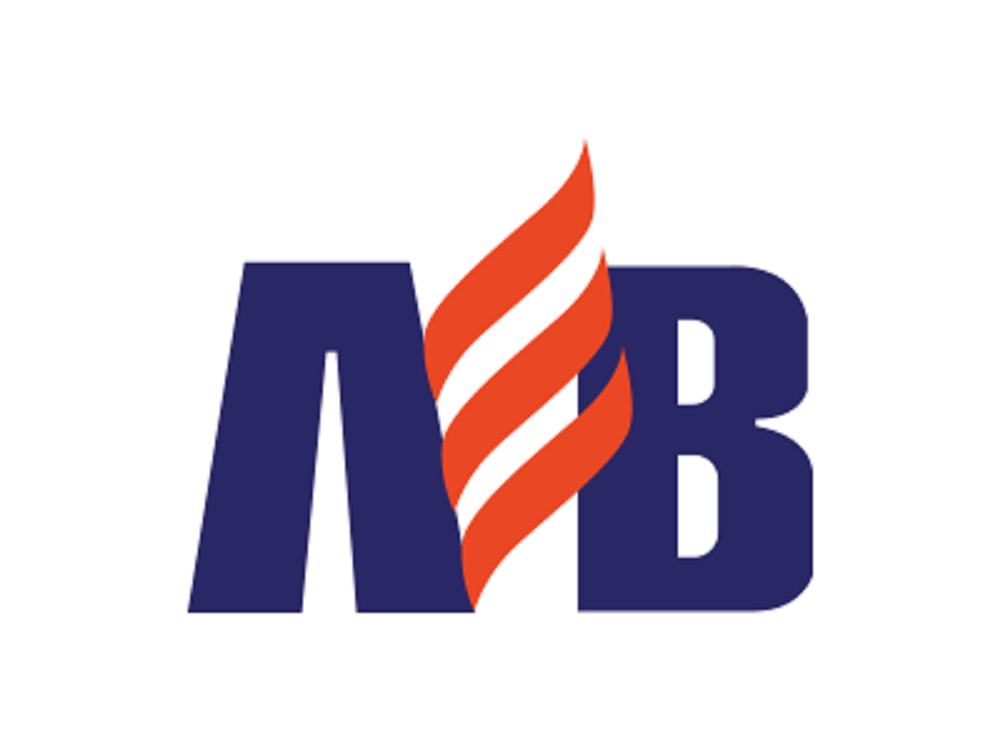Customs Exams: What to Expect
If your shipment has been flagged for a U.S. Customs exam, here's what you can expect in the way of delays and fees.
Michelle
Last Update 2 роки тому
U.S. Customs used to focus solely on preventing smuggling and mis-valuation. However, since 9/11, Customs is additionally responsible for protecting the country and monitoring security risks.
As a result, Customs pulls more shipments for exams than they did in the past, and shipment targeting and examination is becoming increasingly sophisticated. For example, gamma scanning technology has been deployed to most overseas and domestic ports to detect signs of radiation.
Typically, Customs will first put a hold on a shipment, and then decide whether further action is warranted. The shipment will either be released, or will be detained for further examination.
How will I know if my shipment is undergoing a Customs hold or examination?
Customs will notify AEB Logistics if there is a hold on your shipment, and we will send you an email immediately.
Our email to you will contain all of the information we have at that point: the type of hold or exam, estimated delay, and whether there is a chance of your cargo being opened.
Your AEB Logistics team will check on the shipment’s status continuously, and we’ll update you as we learn more.
As soon as the hold or exam is complete, we’ll send you a message to let you know that the cargo has cleared Customs, and the shipment is back in motion.
How can I prevent my shipment from undergoing a Customs exam?
Customs selects shipments at random, so unfortunately, it’s not always possible to avoid an exam. However, there are a couple of ways to minimize the risk:
- Shipping FCL. LCL shipments are more likely to be flagged for x-ray exams than FCL shipments.
- Pristine paperwork. Make sure that your paperwork matches up perfectly with your shipment. It’s important to ensure that you follow the customs requirements for commercial invoices and include; Importer of Record, manufacturer, country of origin, value of the items, currency used in the transaction, and complete product description are listed on the commercial invoice.
